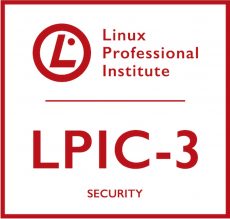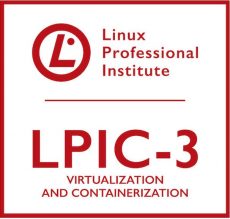Description
WHOM IS IT APPLICABLE
This training course is intended for:
- IT professionals seeking to specialize in BSD systems
- Existing Linux professionals wanting to expand their skillset
- Students studying information systems or related fields
- Organizations requiring staff to manage and operate BSD systems
- Individuals interested in open-source operating systems
- Professionals preparing for the LPI BSD certification exam
WHAT YOU WILL LEARN
By the end of this training course, participants will be able to:
- Cultivate proficiency in the BSD operating system, associated software management, and system security.
- Understand BSD installations, configurations, network services, and filesystems.
- Customize and automate tasks using shell scripting, and perform system backups and restoration.
- Understand the basics of TCP/IP networking and server administration for BSD.
- Maintain software through package management, handling security updates and patches, troubleshooting system issues, and improving system performance.
- Gain a comprehensive knowledge base that prepares them for the LPI BSD Specialist certification exam.
MODULE OVERVIEW
Module 1: BSD Installation and Software Management
1.1 BSD Operating System Installation
1.2 BSD Software and Package Management
1.3 BSD System Startup Configuration
1.4 Hardware Configuration
1.5 BSD Kernel Parameters and System Security Level
Module 2: Storage Devices and BSD Filesystems
2.1 BSD Partitioning and Disk Labels
2.2 Create File Systems and Maintain their Integrity
2.3 Control Mounting and Unmounting of File Systems
2.4 Manage File Permissions and Ownership
2.5 Create and Change Hard and Symbolic Links
2.6 Find Files and BSD Directory Layout
Module 3: Basic BSD System Administration
3.1 Manage User Accounts and Groups
3.2 Automate System Administration Tasks by Scheduling Jobs
3.3 Maintain System Time
3.4 System Logging
3.5 Mail Transfer Agents (MTA) Basics
3.6 Manage Printing and Print Jobs
3.7 Manage User Sessions
Module 4: Basic BSD Network Administration
4.1 Fundamentals of Internet Protocols
4.2 Basic network configuration
4.3 Basic network troubleshooting
4.4 Configure Client Side DNS
Module 5: Basic Unix Skills
5.1 Use the Shell and Work on the Command Line
5.2 Perform basic file management
5.3 Create, Monitor and Kill Processes
5.4 Use Simple Regular Expressions
5.5 Perform basic file editing operations
5.6 Customize or write simple scripts
PREREQUISITES
There are no prerequisites for this certification. However, it is strongly recommended
- Prior understanding of essential BSD Unix systems.
- Working knowledge of fundamental Linux command line skills.
- Familiarity with Linux system administration.
- Proficiency in managing filesystems and performing software installation.
- Understanding of Linux network administration.
- Basic knowledge of shell scripting.
- Awareness of Linux security principles.
EXAM & CERTIFICATION
Format: Closed-book
Delivery: Online via onVue or VUE test centers
Questions: 60 multiple-choice and fill-in-the-blank questions
Passing Score: 500 / 800
Duration: 90 Minutes







